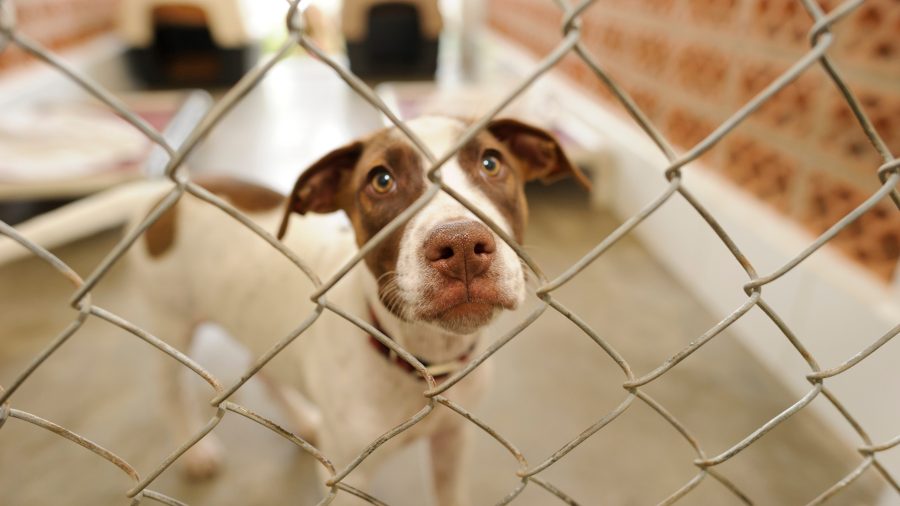Let’s look at it like this:
Adopting a dog from a shelter isn’t just a “good deed.” It’s a life-shifting decision for you and for the dog.
But here’s what they don’t tell you at the adoption center:
You’re not just taking home a dog.
You’re taking home history, habits, and hidden potential.
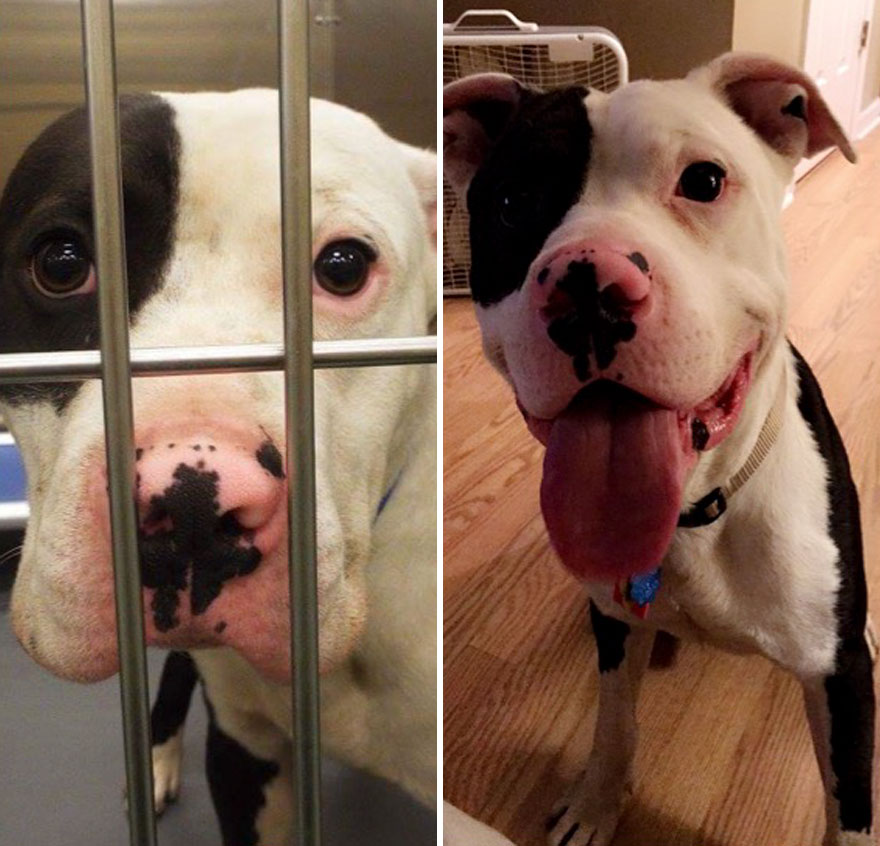
You’re not just rescuing them. You’re rewriting the whole story
That’s the part I love—this raw, real opportunity to change a life. Not just the dog’s life, but yours too.
First, let’s kill the fairy tale.
Yes, shelter dogs are grateful.
Yes, they deserve love.
But let me be blunt: some of them come with baggage—trauma, fear, habits you didn’t sign up for.
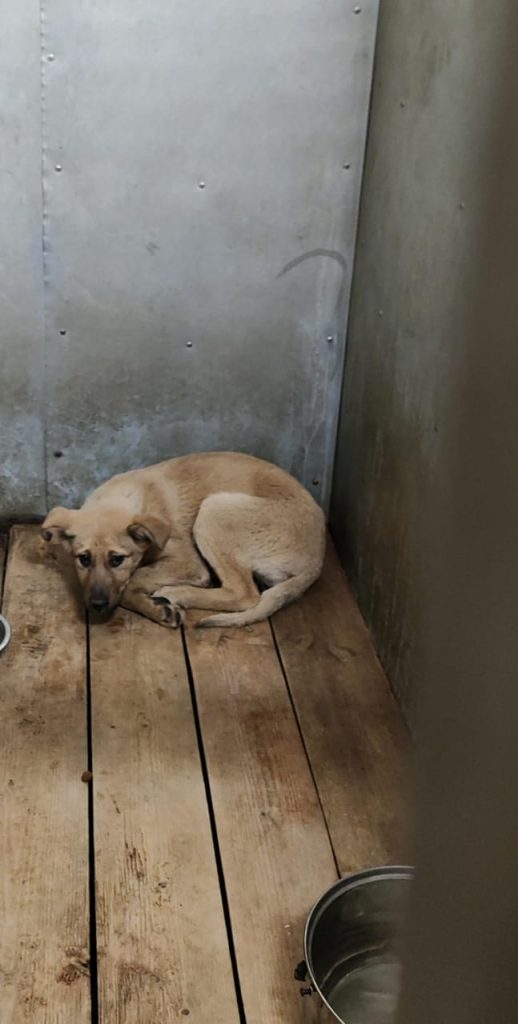
They don’t come perfect. They come real.
This isn’t to scare you, this is me trying to prepare you.
Because preparedness, not just passion, is what creates a great dog parent.
2. Your energy sets the tone.
A newly adopted dog will watch you.
Not just what you say or do—but how you move, how you correct, how you comfort.

They don’t understand words yet—but they feel your vibe instantly.
If you’re anxious, they feel it.
If you’re firm but kind? They begin to trust.
This is why I always recommend having a few calming aids on standby during the first few weeks like snuggle beds, calming chews, or even a pheromone diffuser.
3. The “settling in” period is real.
Dog experts call it the 3-3-3 rule:
- 3 days to decompress
- 3 weeks to start adjusting
- 3 months to feel truly “home”
“Give them time. This is how trust is built.”
That’s why in the early days, a cozy, designated space for your dog is non-negotiable.

Comfort = Confidence. Set the stage for peace.
And please, don’t overwhelm them with too much attention at once.
Let them come to you. Build the bond slow and strong.
4. Every dog has a language. Learn it.
Adopted dogs don’t always “act right” from day one—but that’s okay.
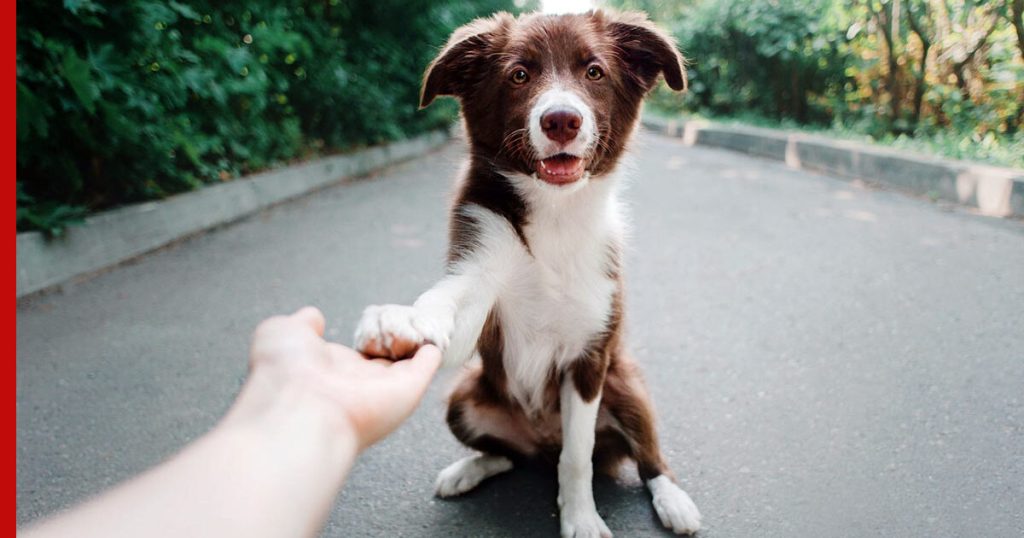
They speak—you just have to learn how to listen
They’ve had to survive, adjust, protect themselves.
Some may flinch. Others may bark too much or refuse to eat.
If they pace a lot, maybe they need more exercise or a mental stimulation toy.
If they whine when left alone, a calming vest or treat puzzle could help.
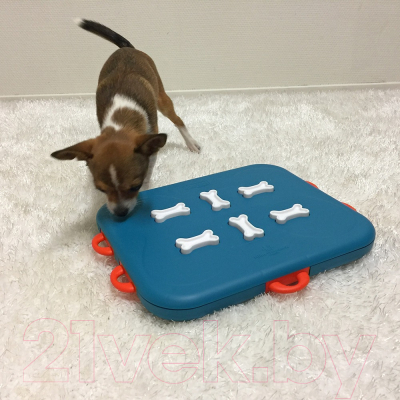
Give them a safe outlet for their stress.
5. Train gently but don’t skip it.
You don’t need to be a dog whisperer. But you do need consistency.
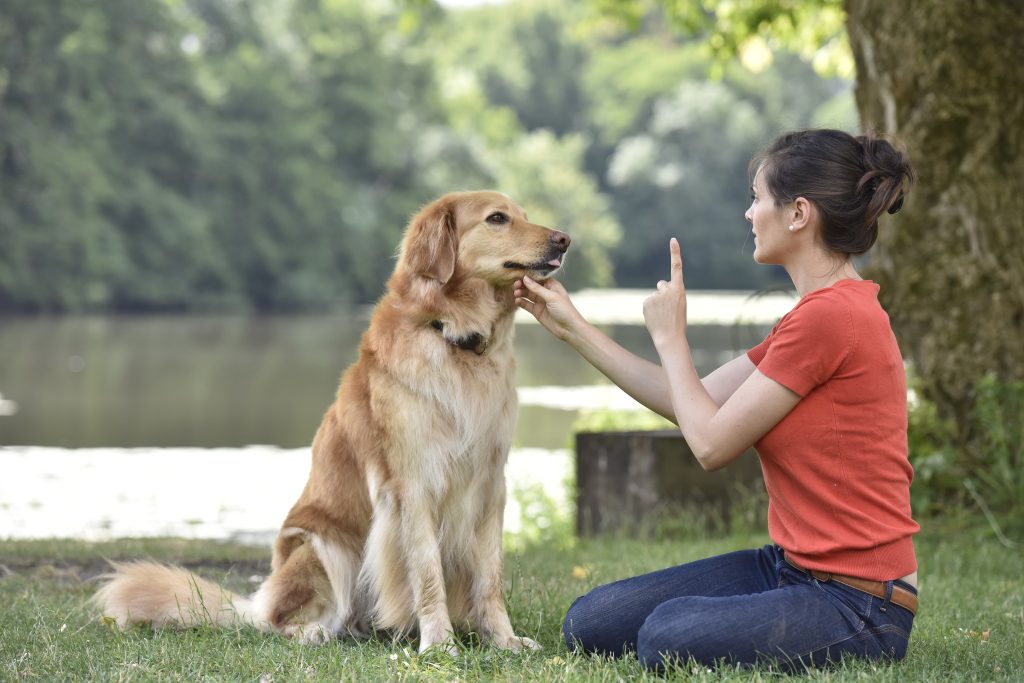
Consistency is love in action
Start with simple commands like “sit,” “stay,” and “leave it.”
Reward with high-value treats—not just anything, but stuff they’ll work for.
(Insert link: best training treats for picky dogs)
Training isn’t about control—it’s about communication.
And once your dog feels heard, everything shifts.
6. Buy less, but buy smart.
Don’t go on a spending spree. Focus on the essentials:
- Adjustable collar and leash
- Food and water bowls
- ID tag
- Soft bed
- Chews and calming toys
- High-protein food suited to their size/breed
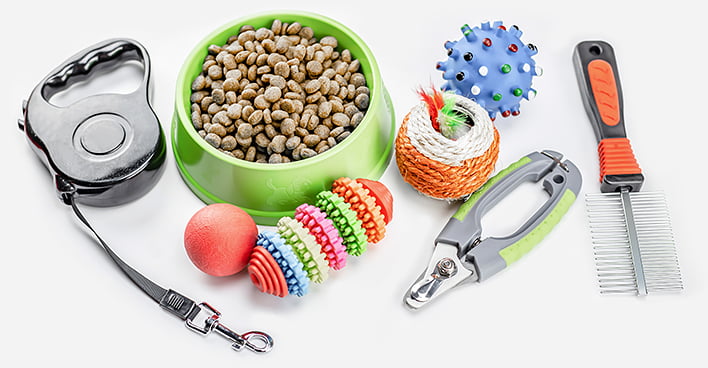
Start simple. Learn as you grow together.
Over time, you’ll learn what your dog actually needs—not what the pet store wants to sell you.
7. What they need MOST is TIME.
Don’t expect perfection.
Expect progress.
Give your dog the one thing they’ve probably never had enough of—and that’s patience.

This is what patience looks like.
Every dog wants to belong somewhere.
You? You’re the somewhere now.
Final Words
Of course, I know—adopting from a shelter sounds hard.
And in a way, it is.
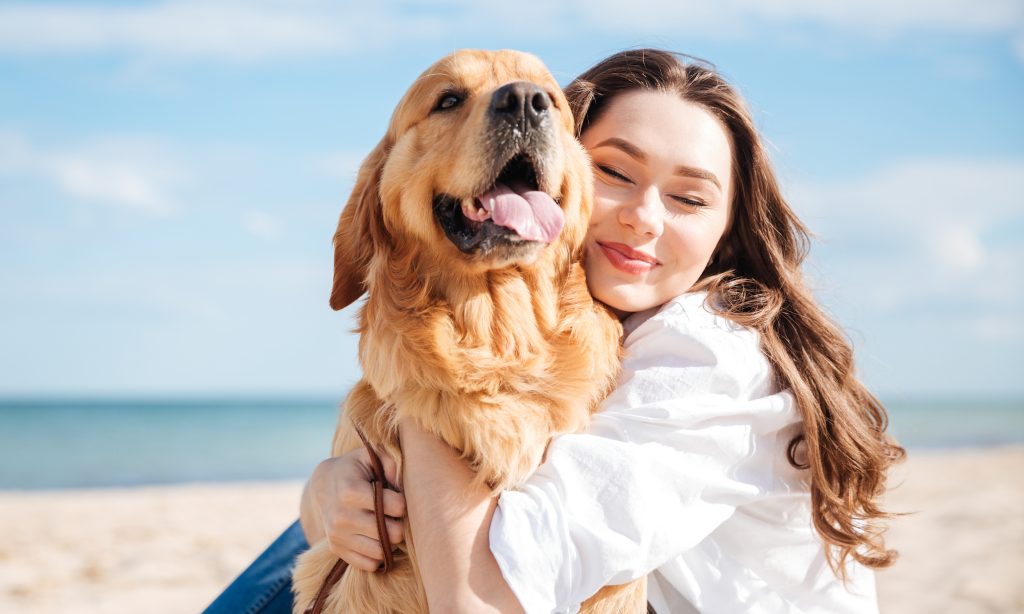
You saved them. But they’ll save you too
But it’s also healing, humbling, and wildly rewarding.
You’re not just saving a life.
You’re becoming part of a redemption story.
So yes! Get the accessories, the treats, the tools.
But more than that?
Be present. Be kind. Be consistent.
